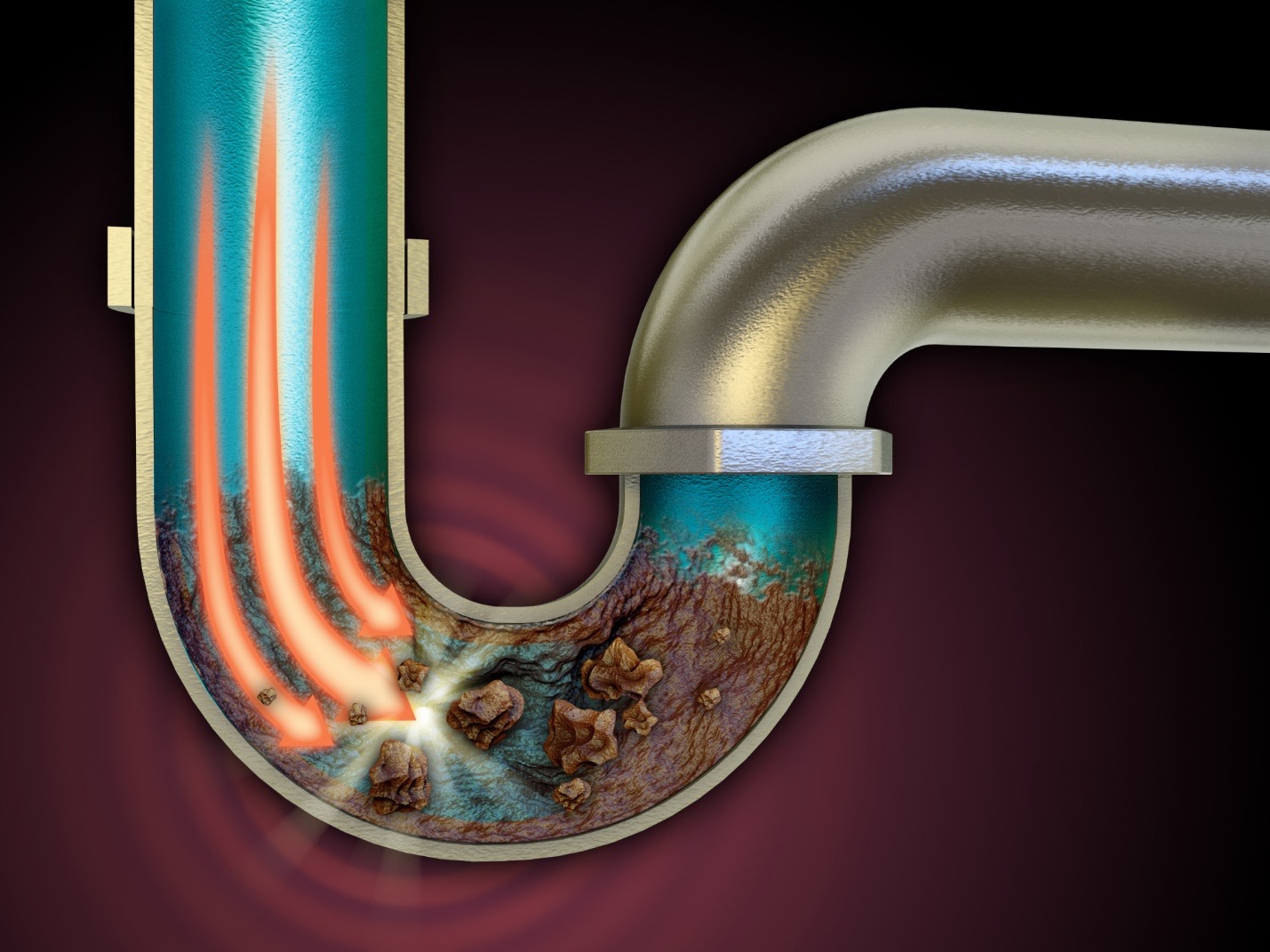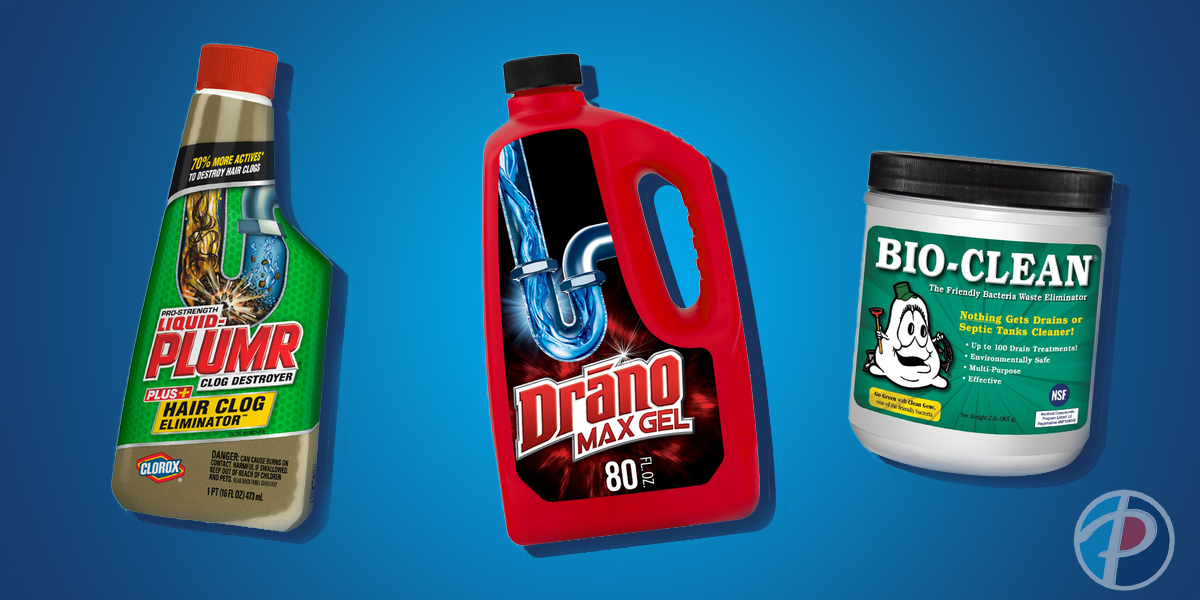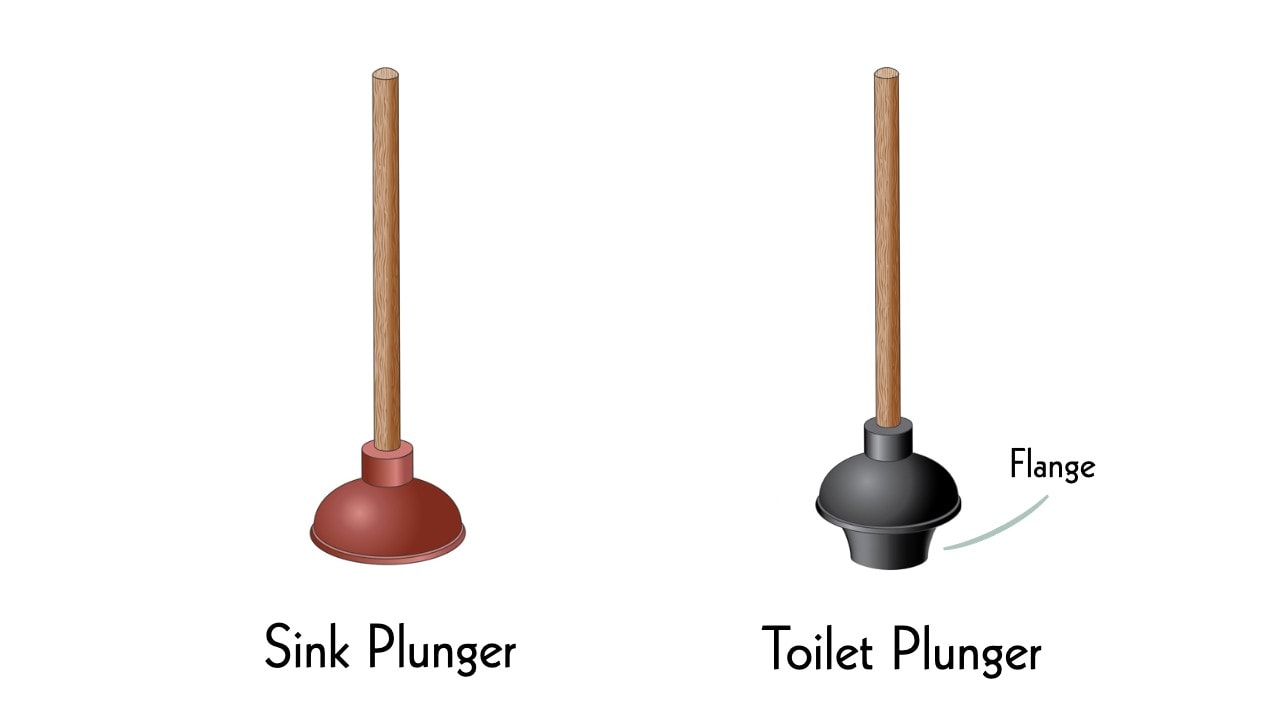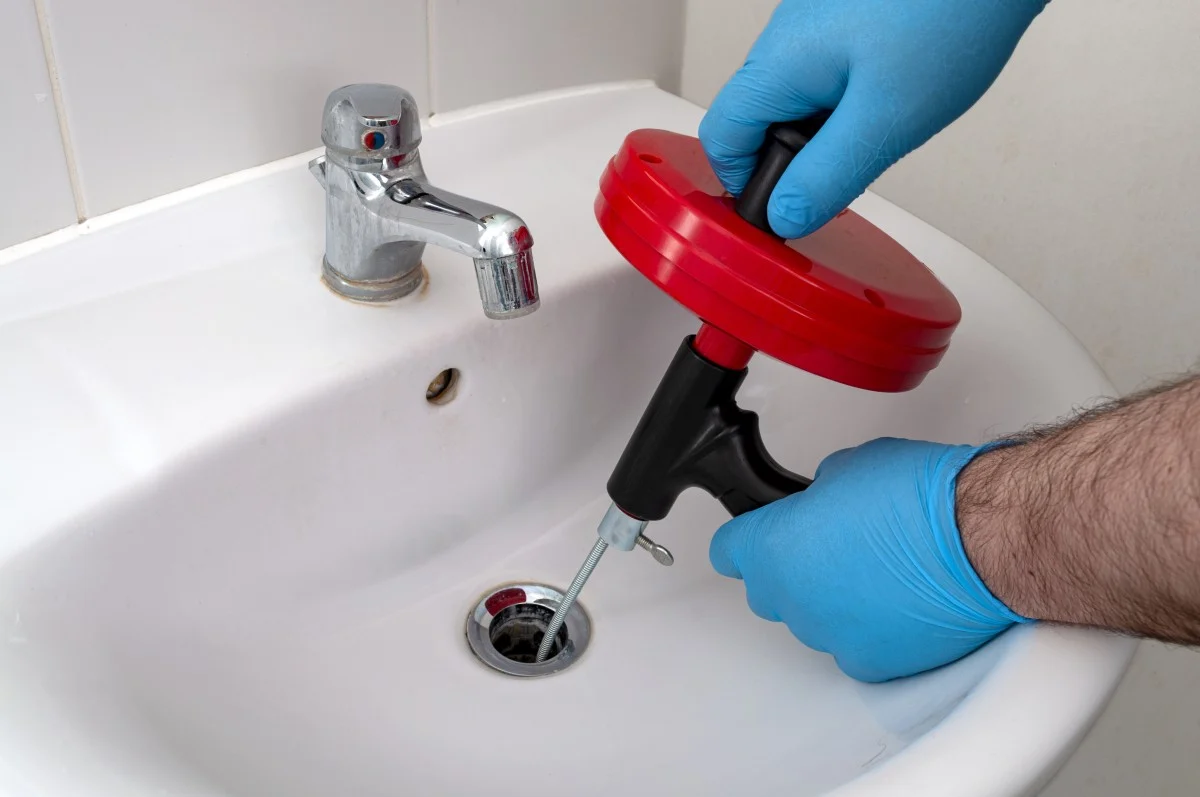Want to save with Paschal? Don’t miss our current offers and specials

Want to save with Paschal? Don’t miss our current offers and specials
Return to Paschal Resource & Education Hub

Is your bathroom or kitchen sink clogged? It can be a hassle when you’re faced with a stubborn clog in your bathroom sink. Many bathroom sink clogs are a result of any combination of hair, dirt, and skin flakes that bind with soap scum that accumulates on the walls of the drain pipes. It can be easy to unclog a bathroom sink with DIY methods – just follow the quick tips we have available on this page, and watch our short video for help. These DIY drain clearing methods range from simple household solutions to more creative techniques on helping you bust those tough drain clogs.
The best method to unstop a bathroom sink may depend on what’s clogging it. You can flush soap scum clogs with vinegar and baking soda or for bigger clogs, a plunger or drain snake work best. Finding out why your drain is clogged is the best way to figure out how to unclog it.
If you find yourself needing to do a quick DIY drain clear, it is important to know a few quick and easy methods to unclog your sink. These methods should work on any clogged drain, such a kitchen sink or bathtub – not just bathroom sinks.
Many plumbers recommend the use of enzymatic drain cleaners to clear clogged drains. Chemical drain cleaners may be effective at cleaning your drainpipes thoroughly, but at the cost of causing potential damage to the system over time. The strong chemical content can harm the insides of the pipes and also release dangerous fumes. Enzymatic drain cleaner don’t have chemical components, but instead contain bacteria cultures as well as concentrated enzymes that respond to the presence of organic substances. The enzymes or bacteria that are found in these cleaners will feed on organic materials that range from your hair to food waste to mold. The organisms then digest these waste substances and reproduce & spread the good bacteria throughout your drainage system.

A tried & true method of clearing drain clogs, and one using materials most likely to be found in your kitchen cabinets, is the baking soda & vinegar method. When baking soda & vinegar react, it creates a neutralized reaction that helps to flush material clinging to the pipes in your bathroom sink. all you need to do is mix around 1/3 cup of baking soda with 1/3 cup of vinegar in a cup. You’ll have to immediately pour this solution down the drain to be effective. Rinse with hot water after about an hour.

Did you know that some plungers are designed to specifically be used for unclogging sink drains? Sink plungers do not have a “flange” on the end, and instead have a wider mouth for effective sink clearing.
To clear the drain clog, simply place the plunger over the drain and use it like you would when plunging a toilet. This may cause clogs to back up out of the sink, so be prepared to clear & clean it out after plunging.

Using boiling water to unstop a bathroom sink is a highly effective method that helps to flush clogs through your pipes. This method works best with clogs caused by soap scum, and for sinks that aren’t already full of standing water. All you need to do is simply bring a pot of water to a boil, and then slowly pour it down the drain once it has reached a rolling boil. You may have to repeat this a few times to fully clear the drain clog. Boiling water won’t hurt your pipes in the bathroom sink, and you can repeat this method as many times as needed.
The simplicity and effectiveness of using boiling water to clear a clog make it a go-to solution. However, there are some additional considerations you should be aware of to ensure the method’s effectiveness and safety.
Firstly, while this method works well for metal pipes, it may not be suitable for PVC or plastic pipes. Boiling water can soften or warp these materials. If you’re unsure of your pipe material, it might be safer to use hot (but not boiling) water instead.
Secondly, keep in mind that boiling water is most effective on certain types of clogs, like those caused by soap scum or grease. If your clog is due to a solid object or accumulated hair, boiling water may not be as effective.
Lastly, be very careful when handling boiling water to avoid burns. Always pour slowly and keep your body, especially your face, away from the drain to prevent any hot splashback.
If boiling water doesn’t seem to be doing the trick, or if your clog persists despite repeated attempts, it may be time to call in a professional. Paschal Air, Plumbing & Electric is always ready to assist you with any plumbing needs. Our skilled professionals can handle even the toughest clogs, ensuring that your plumbing system runs smoothly and efficiently.
Drain snakes or “plumber’s snakes” are tools that can be purchased at your local hardware store. Drain snakes have a coiled metal wire with a broader gap at the end. To use it, you must simply turn a crank to rotate the wire as it moves through your drain pipe.
If the clog is caused by a dense, but shred able obstacle, the drain snake can break it up enough to enable flow. An obstruction like hair might be snagged or corkscrewed by the auger, enabling the operator to pull it away. As the auger rotates, it also flails against the interior walls of the pipe, scraping off soap scum, hard minerals and oil.
Tip: You may need to remove your P-Trap to remove any clogs built up to that point.

While the mechanical action of drain snakes is undeniably effective, it’s important to note their limitations as well as precautions when using them.
Firstly, remember that drain snakes are not suitable for all types of clogs. Very hard obstructions or clogs located deep in the main sewer line might not be effectively dealt with by a standard drain snake.
Secondly, you should be careful while using drain snakes on delicate fixtures, as the force and movement can potentially cause damage. This is especially true for older pipes or those made of fragile materials.
Lastly, the use of a drain snake can be physically demanding. The process of turning the crank and applying force to move the snake through a clog requires some strength and stamina. Therefore, it’s always recommended to use it with care and take breaks when needed.
Remember, if a clog is proving too stubborn for a drain snake, or if you’re unsure about using one, it’s best to call a professional. At Paschal Air, Plumbing & Electric, we have trained professionals who can handle even the most stubborn of clogs. Don’t hesitate to reach out to us for assistance. We’re here to ensure that your home plumbing system stays clear and functional.
Do you have access to a wet/dry vacuum (think ShopVac)? If you do, or if you can get to a hardware or big box store that offers rentals, this can be a very effective method at quickly clearing a clogged drain. Here are the steps you need to follow in order to remove a clog using a wet/dry vacuum.
While using a wet/dry vacuum can certainly be an effective method of clearing clogged drains, there are some additional considerations to keep in mind.
Firstly, you should remember to be cautious when creating a seal between the vacuum hose and the drain. You can use an old plunger head or some duct tape to ensure an effective seal without risking damage to the vacuum hose or the drain itself.
Secondly, keep in mind that this method is generally most effective for shallow clogs. If the clog is deep within the drain or if it’s particularly stubborn, the suction from a wet/dry vacuum may not be enough to clear it.
Lastly, it’s crucial to remember that if the vacuum’s pressure fails to dislodge the clog, you should avoid the temptation to increase the force by repeatedly trying or using higher settings on the vacuum. Excessive force could potentially damage your pipes.
If you are unable to unclog your sink or other drain using a ShopVac or Wet Dry Vacuum, then you might have a more serious problem that requires you to call a professional plumber near you.
One common reason for sink clogs is due to material like hair and soap scum becoming lodged in the “P-Trap” under the sink. It is quite literally shaped like the letter “P.” A P-trap is a plumbing fixture that has several purposes. It traps debris that has drained from the sink and prevents it from forming a clog deep within the plumbing system, and the most critical task of the p-trap is to prevent noxious gases such as methane from making their way into a home. These traps also allow homeowners to quickly and easily recover small items that fall down the drain. Long story short, they’re an integral part of modern plumbing design.
Regular drain cleaning keeps p-traps in good shape. It prevents sewer gas from rising up through the drain. After water runs through the drainpipe, some water will remain in the curved section of the p-trap, stopped by gravity.

When the above methods don’t seem to work, you may have a clog that is too tough to handle with every day tools & cleaners. At this point, you should call a local, licensed plumber like Paschal Air, Plumbing & Electric. If you find yourself in this situation, give us a call at 479-751-0195 so that our expert plumbers can help you flush your problems down the drain!